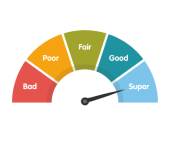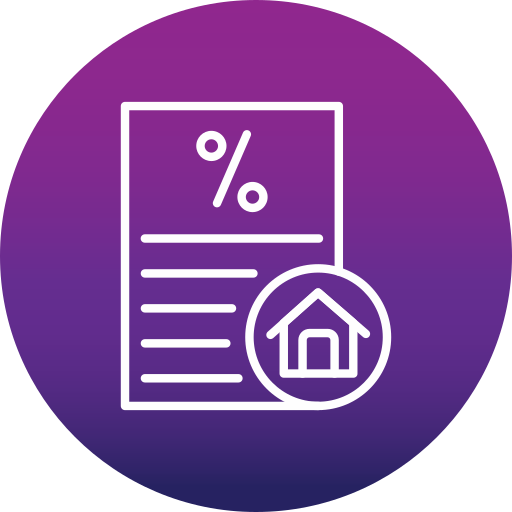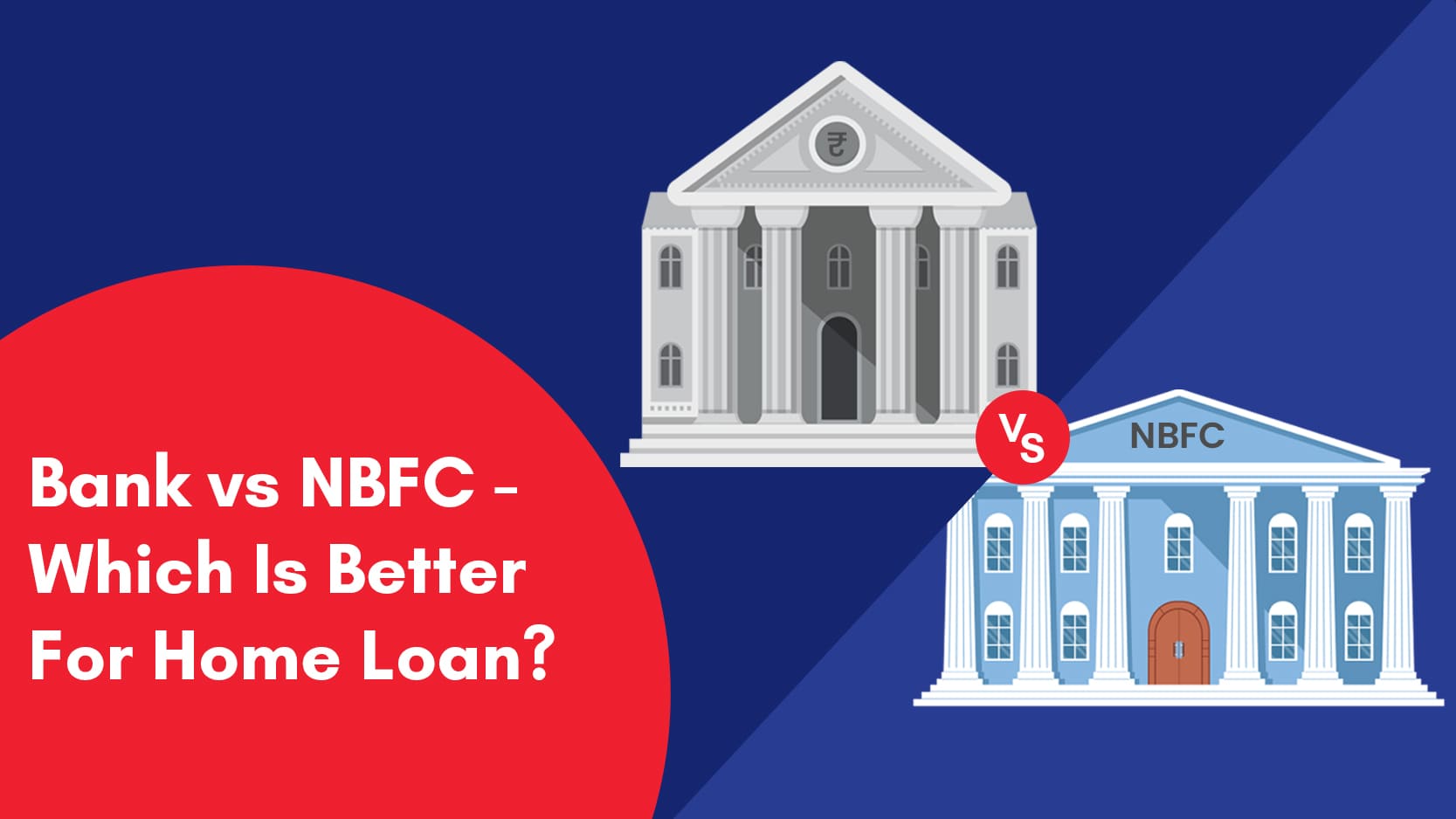Special Offers




Special Offers




09-Sep-2023 | Home Loan

When it comes to purchasing a home, most individuals turn to financial institutions for assistance in the form of home loans. Traditionally, banks have been the go-to source for such loans. However, in recent years, Non-Banking Financial Companies (NBFCs) have emerged as strong contenders in the lending space, offering attractive alternatives to traditional banking solutions. In this blog, we will delve into the key differences between banks and NBFCs in the context of home loan, helping you make an informed decision about which option might be better suited to your needs.
Banks have historically been the conventional and trusted option for individuals seeking home loans. This is due to their long-standing presence in the financial sector, which has established their credibility and reliability. Banks as lending institutions offer a different set of advantages for home loan seekers. One of the advantages of choosing a bank for a home loan is the variety of loan options they typically offer. Banks are regulated by central banking authorities and are subject to strict oversight. While banks have traditionally been the go-to choice for home loans due to their credibility, stability, and variety of options, it is worth exploring the offerings of NBFCs too as the lending landscape has evolved and Non-Banking Financial Companies (NBFCs) have gained prominence as viable alternatives for obtaining home loans.
In recent years, NBFCs have gained prominence, as they are associated with stability and reliability in the financial sector. When it comes to home loans, NBFCs offer a range of advantages that make them a preferred choice for many borrowers.
Flexibility and Innovation: NBFCs are often more flexible in their lending criteria compared to banks. They may consider a broader range of income sources, making it easier for self-employed individuals or those with unconventional income streams to qualify for a home loan.
Quick Approvals: NBFCs are known for their faster approval processes compared to traditional banks. This can be particularly beneficial in situations where time is of the essence, such as when you're trying to secure a property in a competitive real estate market.
Customized Solutions: NBFCs are more inclined to offer personalized loan products tailored to the specific needs of borrowers. This could include home loan solutions like construction loans, home renovation loans, home purchase loans, and many more, which can help borrowers avail loan types according to their needs and requirements.
Accessibility: NBFCs often have a wider presence in semi-urban and rural areas, making them more accessible to individuals who might not have easy access to traditional banking services.
Loan Terms: Evaluate the loan terms offered by both options, including repayment tenure and prepayment options. Choose the option that aligns with your long-term financial goals.
Customer Service: Consider the quality of customer service provided by the lender. Prompt and efficient customer support can greatly impact your overall borrowing experience.
Eligibility Criteria: Understand the home loan eligibility criteria set by both banks and NBFCs. If you have unique income sources or credit history, an NBFC might offer more flexibility in approving your loan application. It refers to income streams that are not commonly considered traditional sources of income, such as a regular salary from a job. These income sources might not fit the typical mold, but they can still contribute to your overall financial stability and repayment capacity. They are often unconventional but can be legitimate and reliable sources of funds based on their policies and risk assessment.
Freelancing or Gig Economy Income: Income earned from freelancing, consulting, or participating in the gig economy, where you're paid for individual tasks or projects rather than having a fixed salary.
Rental Income: Earnings from properties you own and rent out to tenants. This could include residential properties, commercial spaces, or even vacation rentals.
Investment Income: Profits earned from investments, such as dividends from stocks, interest from bonds, or capital gains from the sale of assets like real estate or stocks.
Royalties: Payments received for the use of intellectual property like patents, copyrights, and trademarks.
Side Business Income: Money earned from a small business or side project that you operate alongside your regular job.
Pension: Regular payments received upon retirement from your employer or government-sponsored pension plans.
These income sources might vary in stability, consistency, and predictability. When applying for loans, especially from NBFCs, which tend to be more flexible in their eligibility criteria, having a mix of these unique income sources can help you demonstrate your ability to repay the loan even if you don't have a traditional job with a fixed monthly salary.
However, it's important to note that the acceptance of these income sources can vary from lender to lender. While some institutions might consider them favorably, others might have stricter criteria or different policies. It's advisable to check with the specific lender about their acceptance of unique income sources before applying for a loan.
Non-Banking Financial Companies (NBFCs) hold a prominent role in fostering financial inclusivity within India. They facilitate access to credit for both pivotal and specialized segments of the Indian economy, spanning from infrastructure projects to underserved societal segments. By channeling resources and extending loans at reasonable rates, NBFCs contribute significantly to broadening the scope of the Indian financial domain.
Unlike the conventional banking sector, which operates with rigorous lending protocols, NBFCs address the challenge of catering to a vast and varied customer base. The expeditious decision-making, minimal documentation requisites, and prompt services offered by NBFCs make them the preferred choice for numerous customers. Moreover, government initiatives like the 'Make in India' campaign have spurred growth in the manufacturing sector, resulting in heightened credit demands from heavy industries. Further, the micro, small, and medium enterprises (MSME) sector, driven by its appetite for credit, is increasingly turning to NBFCs for funding solutions.
As per the reports published in Statista, the NBFC credit-to-GDP ratio within India has demonstrated a consistent upward trend, reaching a level of 13.7 percent during the fiscal year 2021. This marked an increase from the approximately 12 percent observed in the preceding fiscal year. The gauge for assessing the credit impact of NBFCs, known as the credit-to-GDP ratio, reflects the extent of credit provided by NBFCs in proportion to the country's Gross Domestic Product.
The decision to opt for a home loan from a bank or an NBFC is not a one-size-fits-all choice. Both options have their own set of advantages and considerations. While banks provide stability and regulatory oversight, NBFCs offer innovation and flexibility with benefits like fast approvals, minimal documentation, competitive interest rates, and wide presence in semi-urban and rural areas. Your choice should be guided by your individual financial situation, long-term goals, and comfort level with the lending institution.
Before making a decision, take the time to thoroughly research and compare the terms, interest rates, and customer experiences offered by both banks and NBFCs. Ultimately, your home loan should align with your financial aspirations and provide you with a secure and comfortable foundation for your homeownership journey.